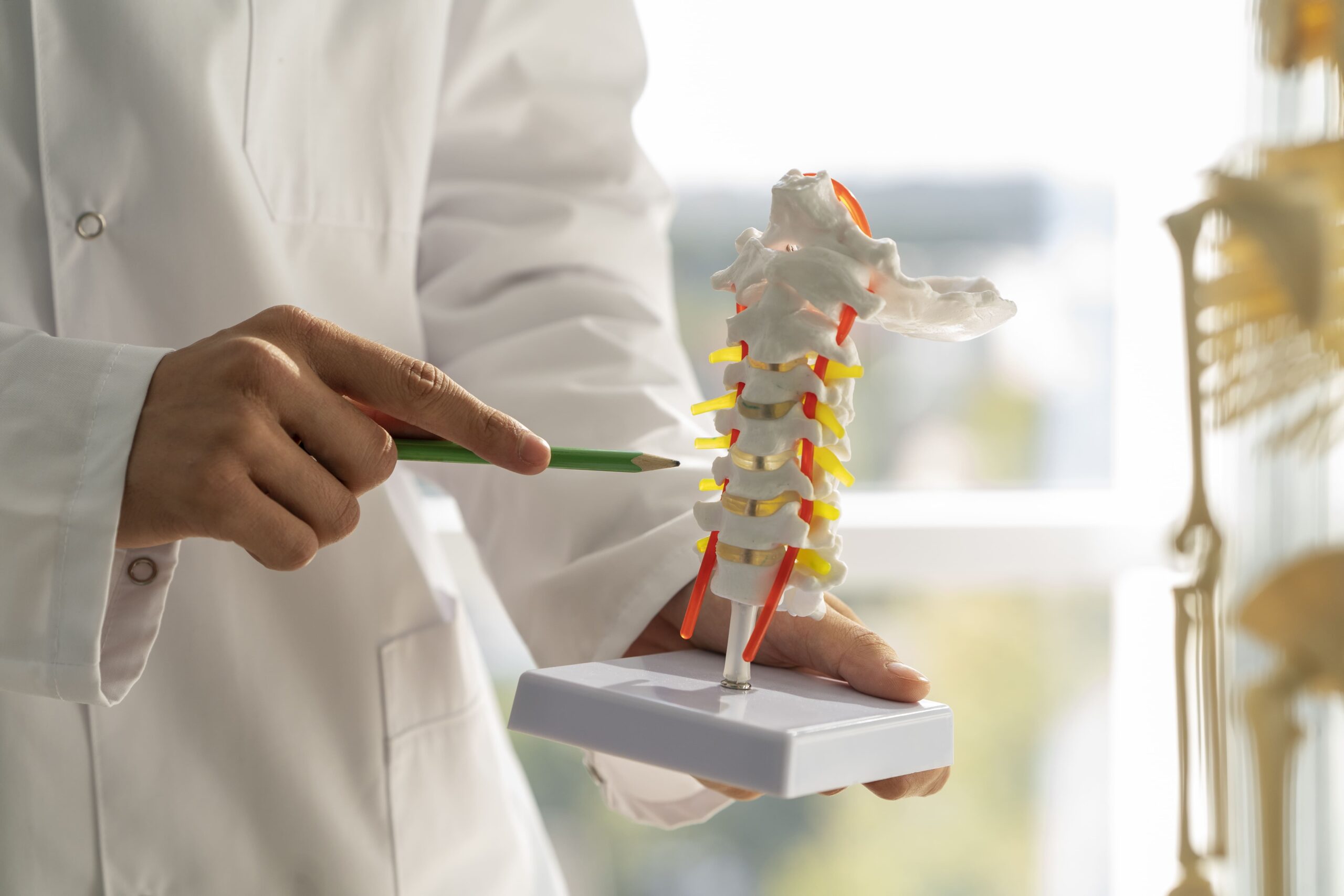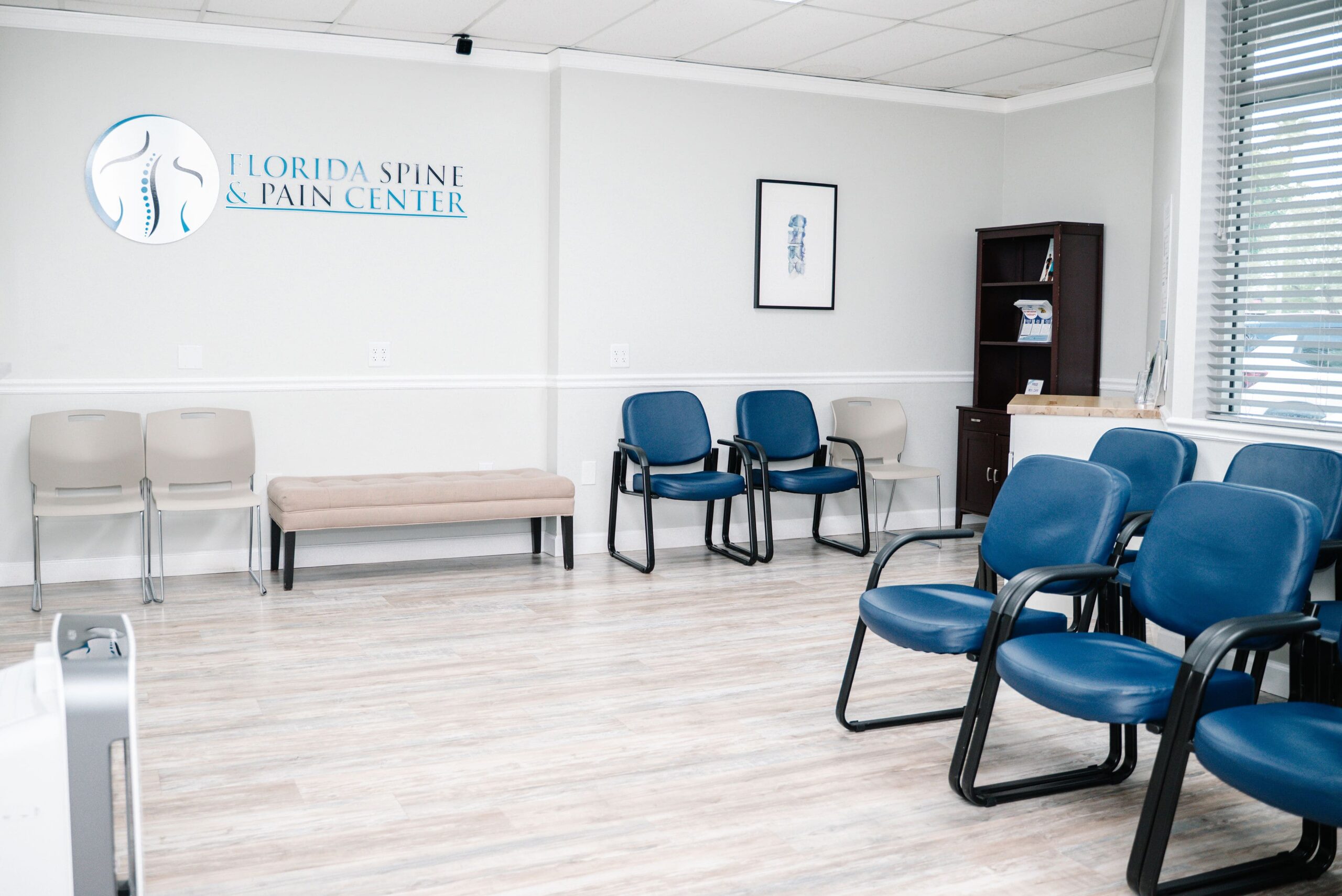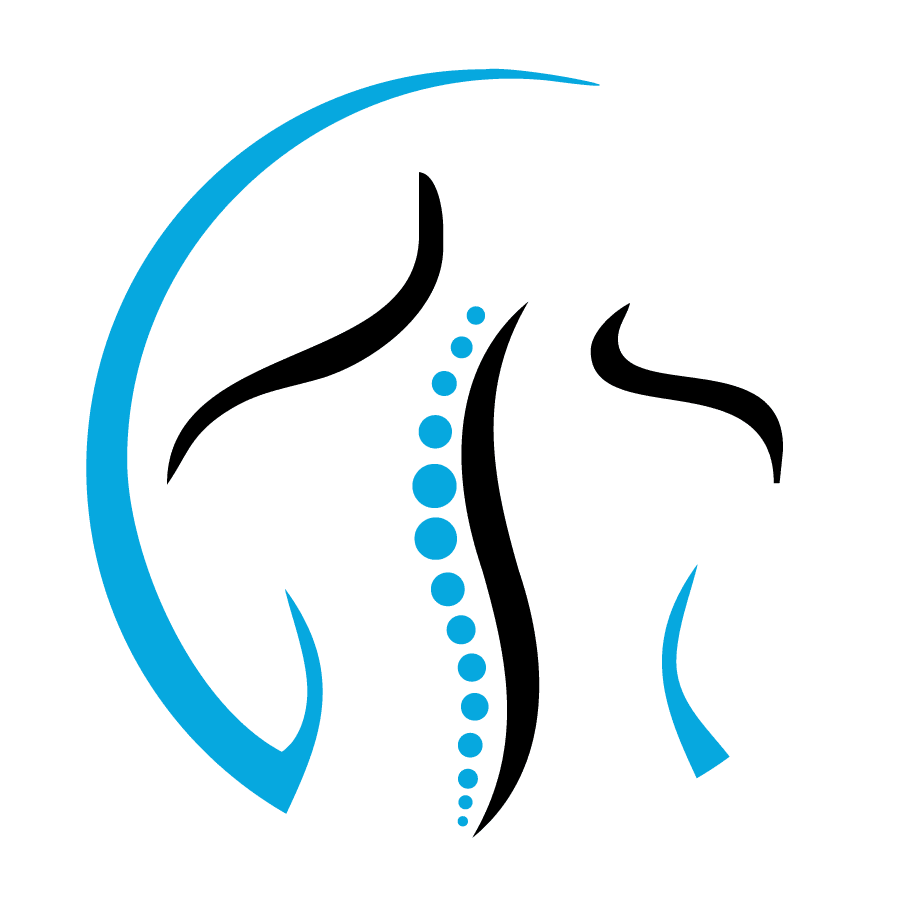Living with chronic pain can affect every part of daily life, from work and family to sleep and overall well-being. For many people, traditional pain management options such as medication or physical therapy provide only temporary relief. Spinal cord stimulation is a cutting-edge therapy that is redefining how physicians approach back pain treatment and chronic pain therapy in Florida. By focusing on the source of pain signals rather than simply masking symptoms, spinal cord stimulation for chronic pain offers hope for long-term comfort and improved quality of life.
What Is Spinal Cord Stimulator Surgery?
Spinal cord stimulator surgery involves implanting a small device under the skin that sends mild electrical impulses to targeted areas of the spinal cord. These impulses interfere with pain signals before they reach the brain, allowing patients to experience relief without excessive medication.
This procedure is often recommended for individuals who suffer from chronic pain conditions such as:
- Failed back surgery syndrome (FBSS)
- Complex regional pain syndrome (CRPS)
- Peripheral neuropathy
- Nerve damage after trauma or surgery
- Diabetic Neuropathy
By addressing the source of pain at the level of the spinal cord, this technique helps improve overall spinal cord function, restoring a better balance between pain perception and the body’s natural signaling systems.

How the Device Works
The spinal cord stimulator includes three main components:
- Leads (Electrodes): Thin wires placed near the spinal cord that deliver the electrical pulses.
- Pulse Generator: A battery-powered device implanted under the skin, usually in the lower back or abdomen.
- Remote Programmer: A handheld controller that allows patients and physicians to adjust the intensity and pattern of stimulation.
Together, these components work to reduce the sensation of pain and improve comfort in daily activities, helping restore confidence, movement, and quality of life.
Spinal Cord Stimulator Surgery Step by Step
The spinal cord stimulator surgery step by step process generally includes two main stages:
1. Trial Phase
Before the permanent device is implanted, patients undergo a trial procedure.
- Local anesthesia is used while temporary leads are placed near the spinal cord.
- The patient wears an external stimulator for several days to evaluate pain relief.
- If the trial provides significant improvement (usually 50% or more pain reduction), the patient becomes a candidate for permanent implantation.
2. Permanent Implantation
Once approved, the permanent stimulator is implanted under sterile conditions.
- Leads are inserted through small incisions using fluoroscopic guidance.
- The pulse generator is placed beneath the skin, typically in the lower back or upper buttock.
- Both components are connected, and the settings are tested before closure.
This careful, image-guided process ensures accuracy and minimizes disruption to surrounding tissues, allowing for faster recovery and more effective pain control.
How Painful Is Spinal Cord Stimulator Surgery?
Patients often ask, how painful is spinal cord stimulator surgery? Fortunately, most report only mild postoperative discomfort. The procedure is minimally invasive, meaning small incisions and short recovery times.
Mild soreness or stiffness may occur near the implant site for a few days. Pain is typically managed with over-the-counter medications, and most patients return home the same day.
The electrical stimulation itself is not painful, in fact, it’s often described as a mild tingling or pulsing sensation that replaces chronic pain signals with a more tolerable feeling of warmth or vibration.

Recovery After Spinal Cord Stimulator Surgery
Recovery after spinal cord stimulator surgery varies for each individual and depends on several factors, including overall health and the extent of the procedure. Most patients find the recovery process manageable, especially when following their provider’s post-procedure instructions.
During the early stages, patients are typically advised to rest, avoid strenuous activity, and keep the incision area clean and protected. As healing progresses, gradual movement and light activity are often encouraged to help maintain flexibility and comfort.
Follow-up visits allow physicians to monitor healing, adjust the stimulator’s settings as needed, and ensure that the device is functioning properly. Over time, patients may notice improved comfort and mobility as their body adapts to the therapy.
Life After Spinal Cord Surgery
After healing, patients begin to notice the benefits of spinal cord stimulation, less pain, more energy, and improved daily function. The stimulation device can be customized for different settings throughout the day, giving patients greater control over their comfort.
Follow-up visits are essential to ensure optimal device performance and battery life. The battery typically lasts several years and can be replaced during a simple outpatient procedure.
By reducing chronic pain signals and improving nerve communication, spinal cord stimulator surgery enhances overall spinal cord function and contributes to a better quality of life. Many patients report feeling empowered to resume hobbies, work, and physical activities they once avoided.
Why Choose Florida Pain Center
Selecting the right specialist for spinal cord surgery is vital for achieving the best outcomes. A center that combines advanced technology, experience, and patient-centered care ensures both safety and long-term success.
At Florida Pain Center, patients receive personalized care from experts who specialize in minimally invasive pain management techniques, including spinal cord stimulator surgery. Their team focuses on improving the functions of a spinal cord through targeted therapies that restore mobility and relieve chronic pain.
If you are exploring this procedure, consider consulting Florida Pain Center in Lauderdale Lakes, FL. Their comprehensive approach to spinal cord stimulation has helped countless individuals regain comfort and confidence in their daily lives.

FAQs
Our Locations

Let’s Talk about the
Next Step Forward
Next Step Forward
Whether you’re living with chronic pain, nerve discomfort, or joint stiffness, our compassionate team is ready to guide you towards lasting relief. Our spine specialists take a comprehensive and conservative approach to pain management, focusing on minimally invasive procedures that can give you your quality of life back.
Fill out the form and a care coordinator will contact you to schedule your consultation.






